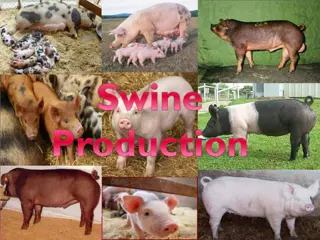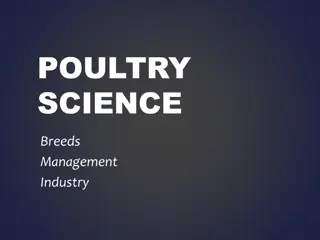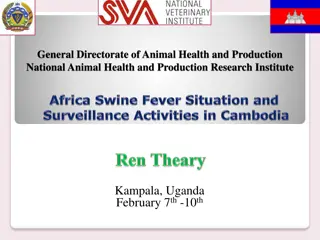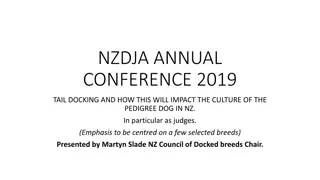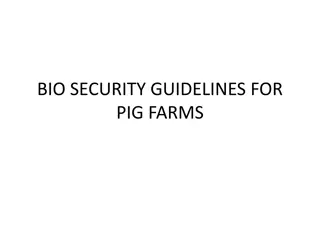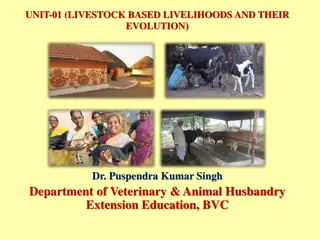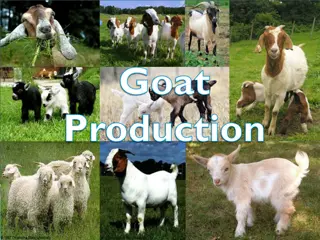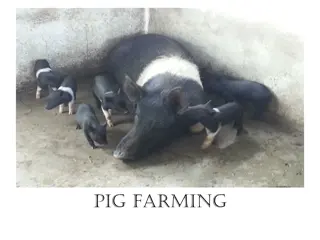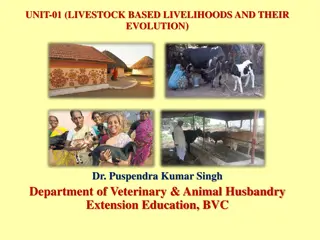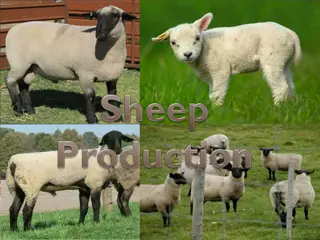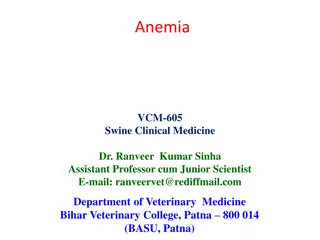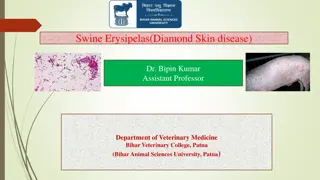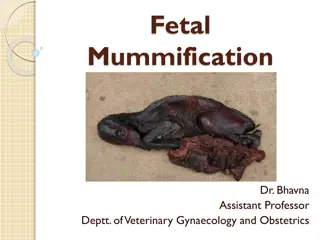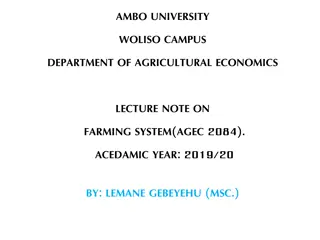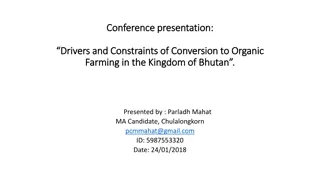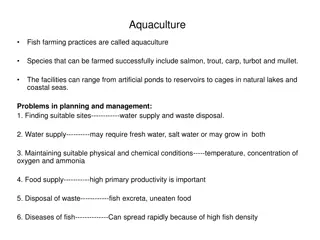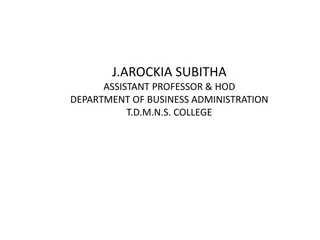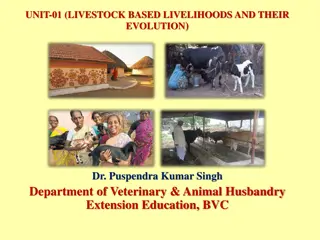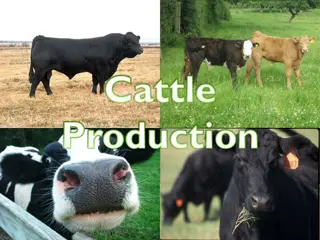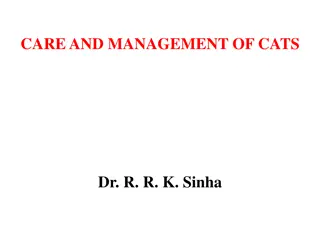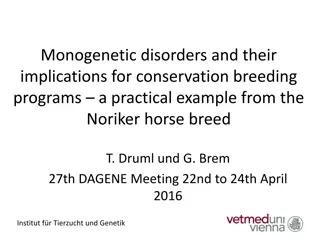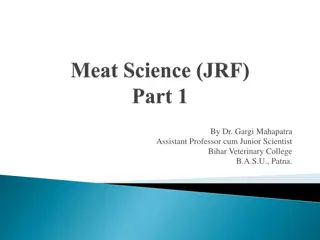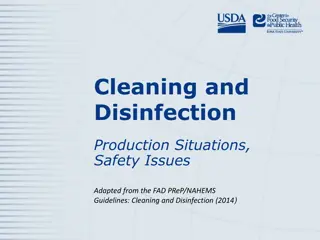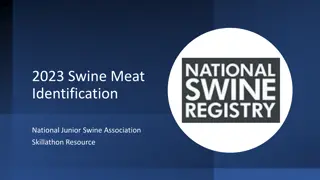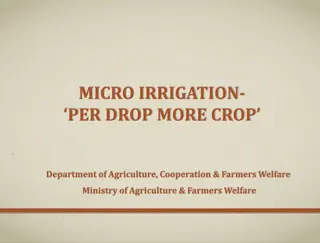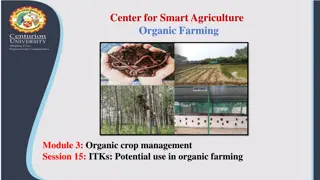Swine Farming Basics and Uses of Different Pig Breeds
Explore the fundamentals of swine farming including vocabulary terms, historical milestones, and the wide range of products derived from pigs like pork chops, bacon, and even heart valves and insulin. Learn about popular pig breeds such as Yorkshire and Hampshire with their unique characteristics and main uses in meat production.
Download Presentation

Please find below an Image/Link to download the presentation.
The content on the website is provided AS IS for your information and personal use only. It may not be sold, licensed, or shared on other websites without obtaining consent from the author. Download presentation by click this link. If you encounter any issues during the download, it is possible that the publisher has removed the file from their server.
E N D
Presentation Transcript
Swine! Ms. Skinner s Principles of AFNR
Vocabulary Barrow: a male swine castrated while young, in which physical traits of the boar have not developed. Boar: a male swine that has not been castrated. Copulation: the mating of a male and female. Ear-notching: Notches made in pig ears to identify them. Farrow: The act of giving birth in pigs. Farrowing Crate: A special cage that holds sows and prevents her from harming her babies.
Vocabulary Feeder pig: a young pig, recently weaned. (25-55 pounds) Gilt: a young female swine that has not farrowed and is not showing any signs of pregnancy. Litter: group of piglets born at the same time by the same sow. Market hog: pig being prepared for slaughter. About 5-6 months old and weights roughly 250 pounds. Market weight: ideal weight for slaughter. Multiple farrowing: arranging breeding programs so that groups of sows farrow at regular intervals throughout the year.
Vocabulary Parturition: the act of giving birth. Piglet: baby swine. Porcine: Latin name for pigs. Sow: an older female swine that has farrowed or is showing signs of pregnancy.
From the pig From the pig Normal Pork chops Pork roast Bacon Ham Sausage Hot dogs Unfamiliar Medicine Heart valves Insulin Chalk Fertilizers Floor wax Glass Adhesives Plastics Shoes Gum Paint Cosmetics
Yorkshire History: Originated in England. Characteristics: White, good meat production, good crossbreeder Main Uses: Meat
Hampshire History: Originated in Hampsire county in England- Known as "Old English Breed" Characteristics: Black with white band, good meat production, good crossbreeder Main Uses: Meat
Poland China History: Started as a crossbreed. Characteristics: Spots, good mothering pig, meat production, not good for crossing Main Uses: Meat
Duroc History: Originated in the eastern United States in the Corn Belt. Characteristics: Red, good mothering, meat production, not good for crosses Main Uses: Meat
Chester White History: Originated in Chester County, Pennslyvania in the early 1800s. Characteristics: White in color, Good meat production, floppy eared pig, slight crosses Main Uses: Meat
Landrace History: Descendants of the famous Danish Landraces. Shipped to the US in 1934. Characteristics: Longer body, roughly extra rib length Main Uses: Meat


